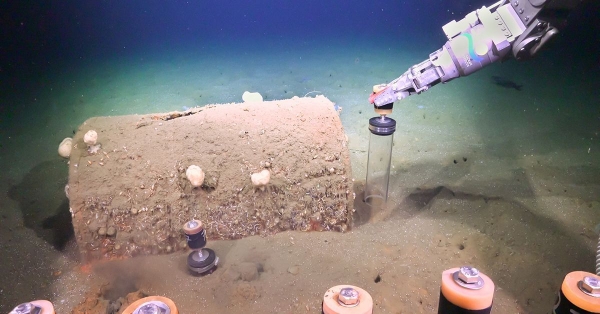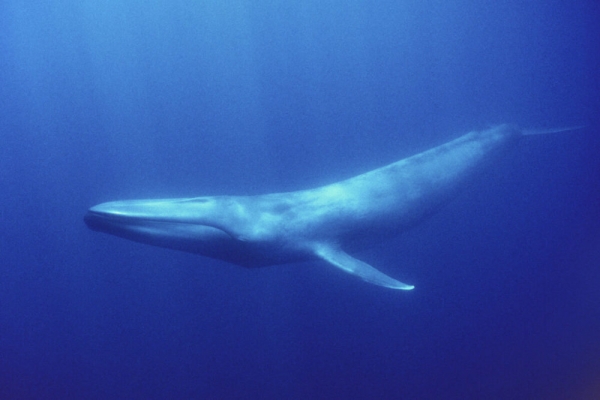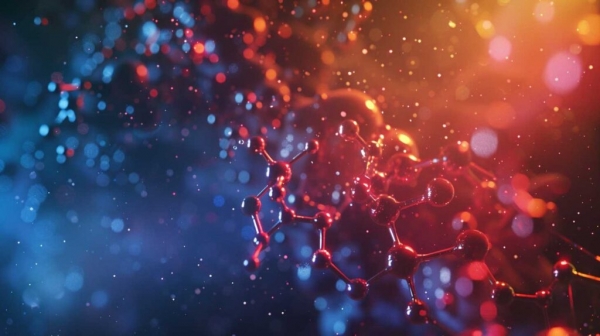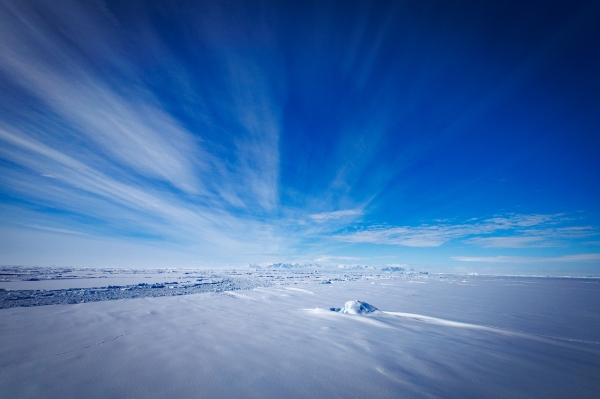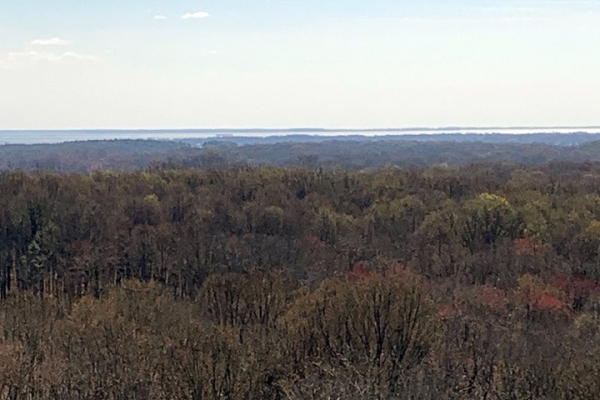In the 1940s and 1950s, the ocean off the coast of Los Angeles was a dumping ground for the nation’s largest manufacturer of the pesticide DDT – a chemical now known to harm humans and wildlife.
articles
The Clues for Cleaner Water
Researchers at the University of Pittsburgh and Drexel University in Philadelphia, along with Brookhaven National Laboratory, are working to solve a multipart mystery to make water disinfection treatments more sustainable.
Chorus of Whale Song Signals Antarctic Blue Whales May Be Making a Comeback
A nearly two-decade study of whale songs recorded in the Southern Ocean suggests that blue whales, the largest creatures ever to have roamed the Earth, may be recovering in Antarctica after being hunted to the edge of extinction.
A Leap Toward Carbon Neutrality, CO2 to Methanol
Researchers at the University of Michigan have developed a catalyst material known as cobalt phthalocyanine that converts carbon dioxide—a significant driver of climate change—into renewable fuels such as methanol.
Ice Shelves Fracture Under Weight of Meltwater Lakes
When air temperatures in Antarctica rise and glacier ice melts, water can pool on the surface of floating ice shelves, weighing them down and causing the ice to bend.
Springtime in the Deciduous Forest
On a blustery March morning, Petya Campbell stood atop a 204-foot-tall tower and looked across the waving canopy of the leafless deciduous forest at the Smithsonian Environmental Research Center in Edgewater, Maryland.

